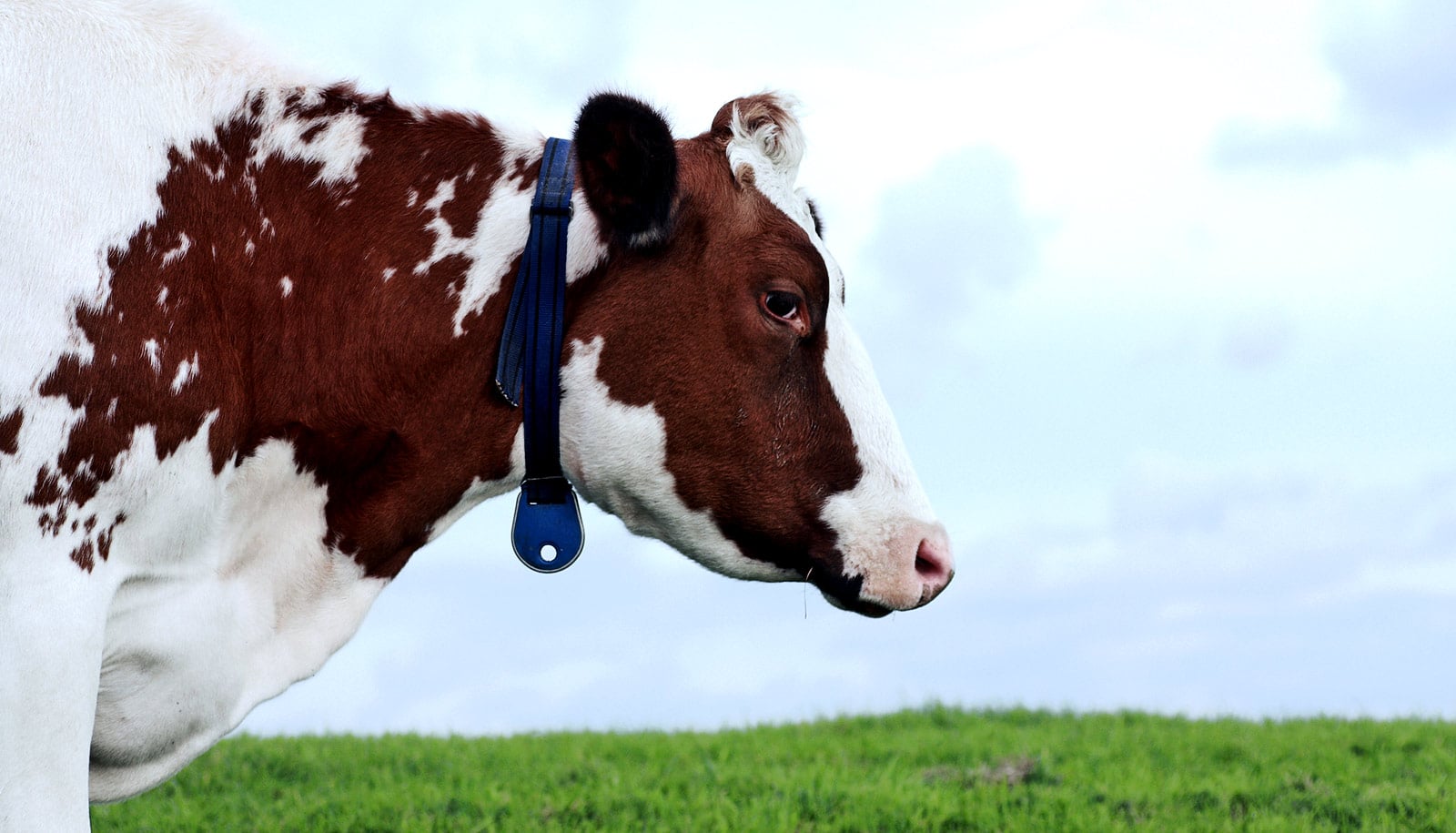Researchers have found a way to predict methane emissions from dairy cattle using more accurate models.
Because feed dry-matter intake is the key factor for methane production prediction, the new models require readily available feed-related variables.
The study involved individual data from more than 5,200 lactating dairy cows, assembled through a collaboration of animal scientists from 15 countries.
These more accurate models could be useful in the development of region-specific enteric—intestinal—methane inventories, explains lead researcher Alex Hristov, professor of dairy nutrition at the Penn State College of Agricultural Sciences.
“Developing such a large database of individual animal data has never been done before,” he says. “When we put this project together four years ago, we contacted researchers around the world with a consortium agreement so we could collect confidential data from their studies, and they provided individual animal data for methane emissions and all related measurements. That gave us the opportunity to develop more robust, more accurate prediction models for enteric methane emissions.”
Although complex models that use both feed intake and detailed chemical composition had the best performance in predicting methane production, models requiring only feed dry-matter intake and dietary fiber content had the second-best predictive ability. Those offer an alternative to complex models that regulatory agencies such as the US Environmental Protection Agency currently use.
“The EPA inventory is based on a complicated set of equations with high uncertainty,” Hristov says.
In the study, which appears in Global Change Biology, researchers found that revised methane emission conversion factors for specific regions should improve emission estimates in national inventories.
The Intergovernmental Panel on Climate Change introduced the concept of applying a methane emission conversion factor to indicate the proportion of an animal’s energy intake they convert to energy in methane.
National greenhouse gas emission inventories and global research on mitigation strategies widely use this factor. The research by the consortium, Hristov notes, offers opportunities to include region-specific methane conversion factors in national inventories. This is essential to improve the accuracy of carbon footprint assessments of dairy cattle production systems in regions around the world and to help devise mitigation strategies.
“Dairy cows in different regions of the world, depending on their diets, their genetics, and their management systems, belch different amounts and intensities of methane,” Hristov says.
The team that conducted the study—part of the Feeding and Nutrition Network of the Livestock Research Group within the Global Research Alliance for Agricultural Greenhouse Gases—is currently developing similar databases for predicting enteric methane emissions from beef cattle, sheep, and goats.
Feed supplement cuts methane burps in cows
“We started with dairy cattle because more research data is available for dairy animals,” Hristov says.
Having more robust and accurate models for predicting enteric methane emissions from livestock is important, Hristov points out, because these emissions represent a significant portion of global greenhouse gases blamed for causing climate change. And if regulatory agencies plan to measure and analyze current and future mitigation efforts for their effectiveness, they must have accurate data for existing enteric methane levels and resulting decreases.
Thirty-six researchers from the US, Europe, Australia, and New Zealand contributed to the study.
A consortium of eight countries—the US, UK, Netherlands, France, Spain, Ireland, Switzerland, and Finland—developed the core project, GLOBAL NETWORK, led by Penn State.
National governments funded the project mostly via the Joint Programming Initiative on Agriculture, Food Security, and Climate Change. The US Department of Agriculture funded the US researchers.
Source: Penn State



